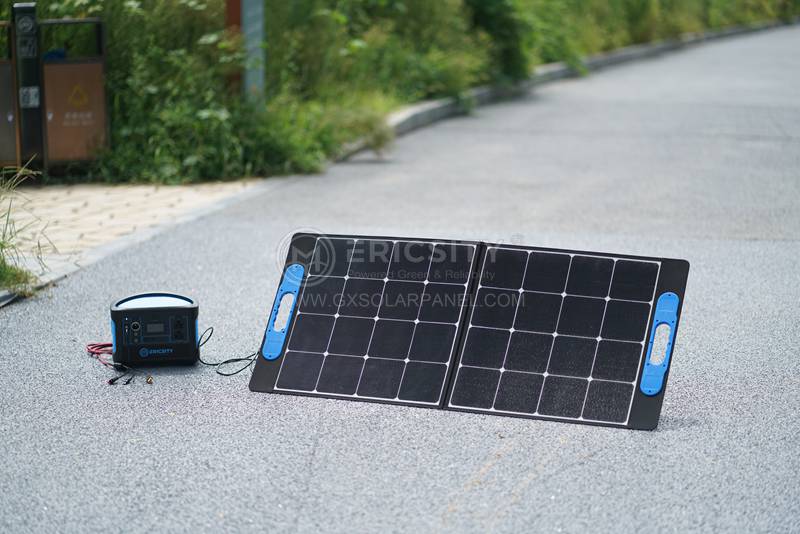HOT PRODUCT
Product Details
The Science Behind 300w Folding Panels: How They Generate Power
The Science Behind 300W Folding Panels: How They Generate Power
Solar panels are no longer a novelty in the world of renewable energy. They have become a common sight, harnessing the power of the sun to generate electricity. Among the various types of solar panels available, 300W folding panels have gained significant attention due to their portability and efficiency. In this article, we will delve into the science behind how these panels generate power.
Photovoltaic Effect: The Foundation
At the heart of every solar panel lies the photovoltaic effect. This phenomenon occurs when certain materials, called semiconductors, absorb light energy and convert it into electricity. The most commonly used semiconductor material in solar panels is silicon. Silicon atoms are arranged in a crystal structure, which creates energy gaps between their electrons.
Absorption of Sunlight
When sunlight, which consists of photons, reaches the solar panel, the semiconductors in the panel absorb the photons. The photons transfer their energy to the electrons in the silicon atoms, exciting them to higher energy levels. This absorption process occurs mainly due to the presence of electrons in the valence band getting elevated to the conduction band.
Generation of Electric Current
The excited electrons in the conduction band of the semiconductor material now have enough energy to move freely. However, for the electrons to be used as an electric current, they need to flow in a specific direction. This is where the internal structure of the solar panel comes into play.
N-Type and P-Type Semiconductors
A typical solar panel is composed of two layers of semiconductors: N-type and P-type. The N-type semiconductor contains impurities that provide excess electrons, giving it a negative charge. Conversely, the P-type semiconductor contains impurities that create a deficiency of electrons, providing a positive charge. The junction between these two layers is crucial for the functioning of the solar panel.
Creation of an Electric Field

The junction between the N-type and P-type semiconductors creates an electric field. This electric field prevents electrons in the conduction band from moving back towards the valence band in the N-type material. Instead, when the excited electrons reach this junction, they are pushed into the P-type material due to the electric field.
Flow of Electric Current
As the excited electrons move from the N-type material to the P-type material, they leave behind positively charged holes in the N-type material. This movement of electrons and holes creates an electric current. However, for this current to be used as electricity, it needs to be conducted out of the solar panel to power an external device, such as a battery or an electrical appliance.
Contact Layers and External Circuit
The contact layers located on the top and bottom of the solar panel allow for the collection and conduction of the generated electric current. These layers consist of metal grids that collect the current and conduct it out of the panel through thin metal ribbons. The collected current then flows through an external circuit, such as wires, where it can be utilized for various purposes.

Efficiency Factors
The efficiency of a 300W folding panel is influenced by several factors. Some of the key factors include the quality of the semiconductor material, the design and construction of the solar panel, and external factors like temperature and shading. Advances in technology have significantly increased the efficiency of solar panels over the years, making them more practical and accessible for everyday use.

In conclusion, the science behind how 300W folding panels generate power revolves around the photovoltaic effect. By absorbing sunlight and utilizing the internal structure of semiconductors, these panels convert solar energy into electricity. Understanding the science behind solar panels not only helps us appreciate the technology but also highlights their potential to provide clean and sustainable power for a brighter future.




